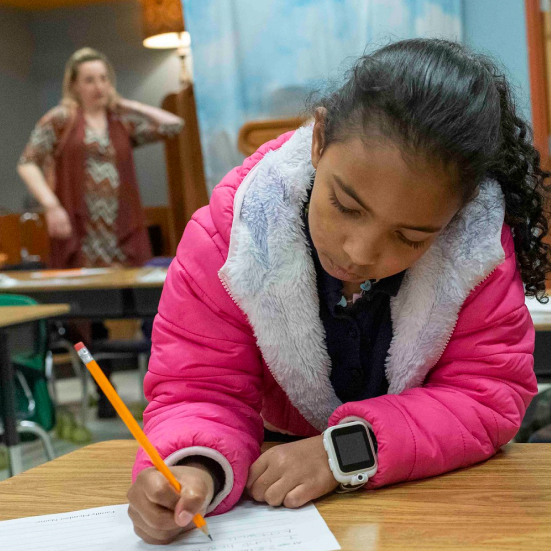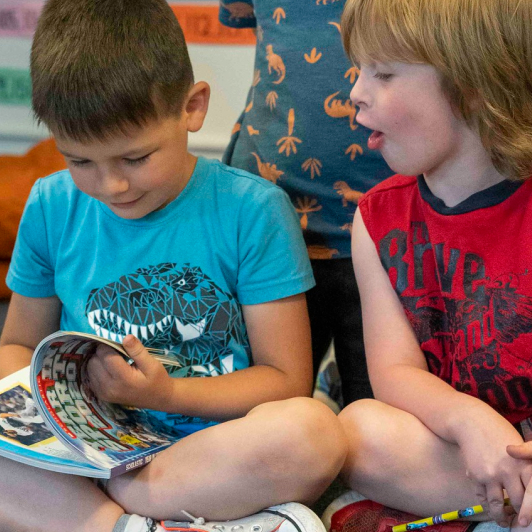Universal Design for Learning
Universal Design for Learning (UDL) provides a research-based framework for teaching built on scientific insights about how people learn. It encourages teachers to incorporate materials, techniques and strategies that provide opportunities for students to demonstrate knowledge in a variety of ways.

Learn about Universal Design for Learning



